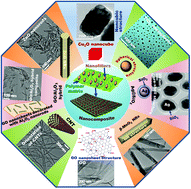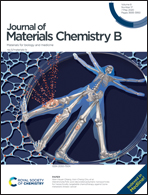Progress in biomimetic leverages for marine antifouling using nanocomposite coatings
Abstract
Because of the environmental and economic casualties of biofouling on maritime navigation, modern studies have been devoted toward formulating advanced nanoscale composites in the controlled development of effective marine antifouling self-cleaning surfaces. Natural biomimetic surfaces have the advantages of micro-/nanoroughness and minimized free energy characteristics that can motivate the dynamic fabrication of superhydrophobic antifouling surfaces. This review provides an architectural panorama of the biomimetic antifouling designs and their key leverages to broaden horizons in the controlled fabrication of nanocomposite building blocks as force-driven marine antifouling models. As primary antifouling designs, understanding the key functions of surface geometry, heterogeneity, superhydrophobicity, and complexity of polymer/nanofiller composite building blocks on fouling-resistant systems is crucial. This review also discusses a wide range of fouling release coating systems that satisfy the growing demand in a sustainable future environment. For instance, the integration of block, segmented copolymer-based coatings and inorganic–organic hybrid nanofillers enhanced the model's antifouling properties with mechanical, superhydrophobic, chemically inert, and robust surfaces. These nanoscale antifouling systems offered surfaces with minimized free energy, micro-/nanoroughness, anisotropic heterogeneity, superior hydrophobicity, tunable non-wettability, antibacterial efficiency, and mechanical robustness. The confined fabrication of nanoscale orientation, configuration, arrangement, and direction along the architectural composite building blocks would yield excellent air-entrapping ability along the interfacial surface grooves and interfaces, which optimized the antifouling coating surfaces for long-term durability. This review provides systematic evidence of the effect of structurally folded nanocomposites, nanofiller tectonics, and building blocks on the creation of outstanding superhydrophobicity, self-cleaning surfaces, and potential antifouling coatings. The development of modern research gateways is a candidate for the sustainable future of antifouling coatings.

- This article is part of the themed collection: Journal of Materials Chemistry B Lunar New Year collection 2021


 Please wait while we load your content...
Please wait while we load your content...